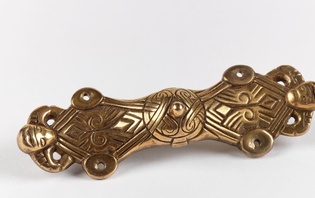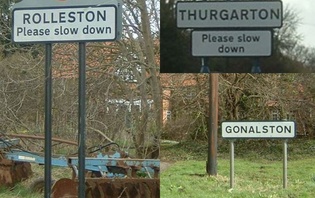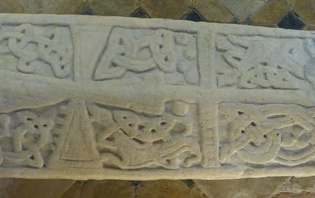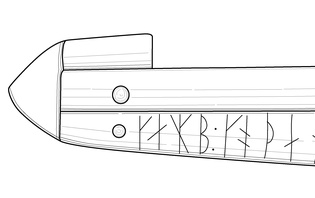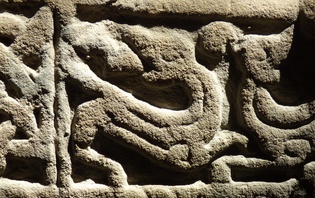Some Derbyshire Warriors
Professor Judith Jesch, University of Nottingham
Posted in: East Midlands, Viking Age, Vikings
Of the East Midlands counties, Derbyshire is perhaps the least well known for its Viking Age remains, apart of course from the camp at Repton. There is a scatter of place-names that suggest that members of that camp settled down in the region. And the recent publication of the Derbyshire volume of the Corpus of Anglo-Saxon Stone Sculpture provides further clues.
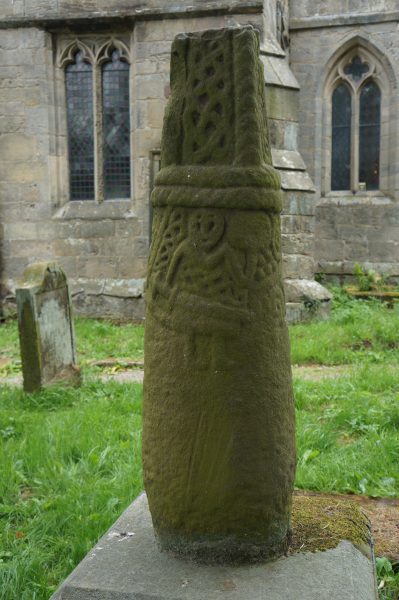
Cross-shaft from Brailsford, Derbyshire. Photo by Judith Jesch
At Brailsford, not far from Derby, a moss-covered cross-shaft stands outside the church, depicting a figure with a small shield and a rather large sword. The Corpus volume describes this as a ‘battle-ready warrior’ (p. 91) and suggests (p. 157) that this unusual warrior image is a memorial stone or marker of a member of the Anglo-Scandinavian warrior elite. The stone is loosely dated to the tenth century, so it could represent someone who had been at Repton, or more likely one of his descendants.
Another warrior figure can be found on a cross-shaft at Norbury, to the west of Brailsford. This figure has a sword and what looks like a horn. The Corpus volume suggests (p. 194) that this is similarly a memorial to a member of the warrior elite. But it also raises the intriguing possibility that the figure represents the Norse god Heimdallr, whose horn announces the beginning of Ragnarök. While a bit speculative, this is not impossible since Heimdallr is fairly certainly represented on the Gosforth cross in Cumbria and possibly on the Jurby cross in the Isle of Man.
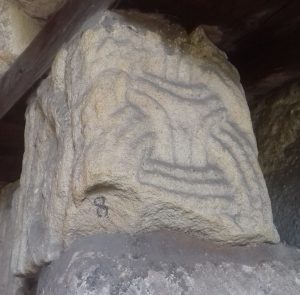
Part of cross-shaft from Bakewell. Photo by Roderick Dale
Though there seem to be only two warrior-figures from Derbyshire, there are plenty of other Anglo-Scandinavian sculptures. There are (or were) two hogbacks: one from Repton which is lost but known from drawings, and one from Derby which can be seen in the museum there. There are a number of crosses and cross-shafts with various types of Viking Age ornament. Particularly interesting is part of a cross-shaft from Bakewell with Borre-style ring-chain (p. 122). This type of ornament is associated with the Irish Sea region and demonstrates the links the East Midlands had with the rest of the Viking world. Who all these memorials represent is a fascinating question we would all love to know the answer to.
Most intriguing of all is a rune-inscribed fragment, also from Bakewell. The runes are very clearly Anglo-Saxon, yet as interpreted by David Parsons (p. 142) they most likely represent the Scandinavian male personal name Helgi (or its female equivalent Helga).

